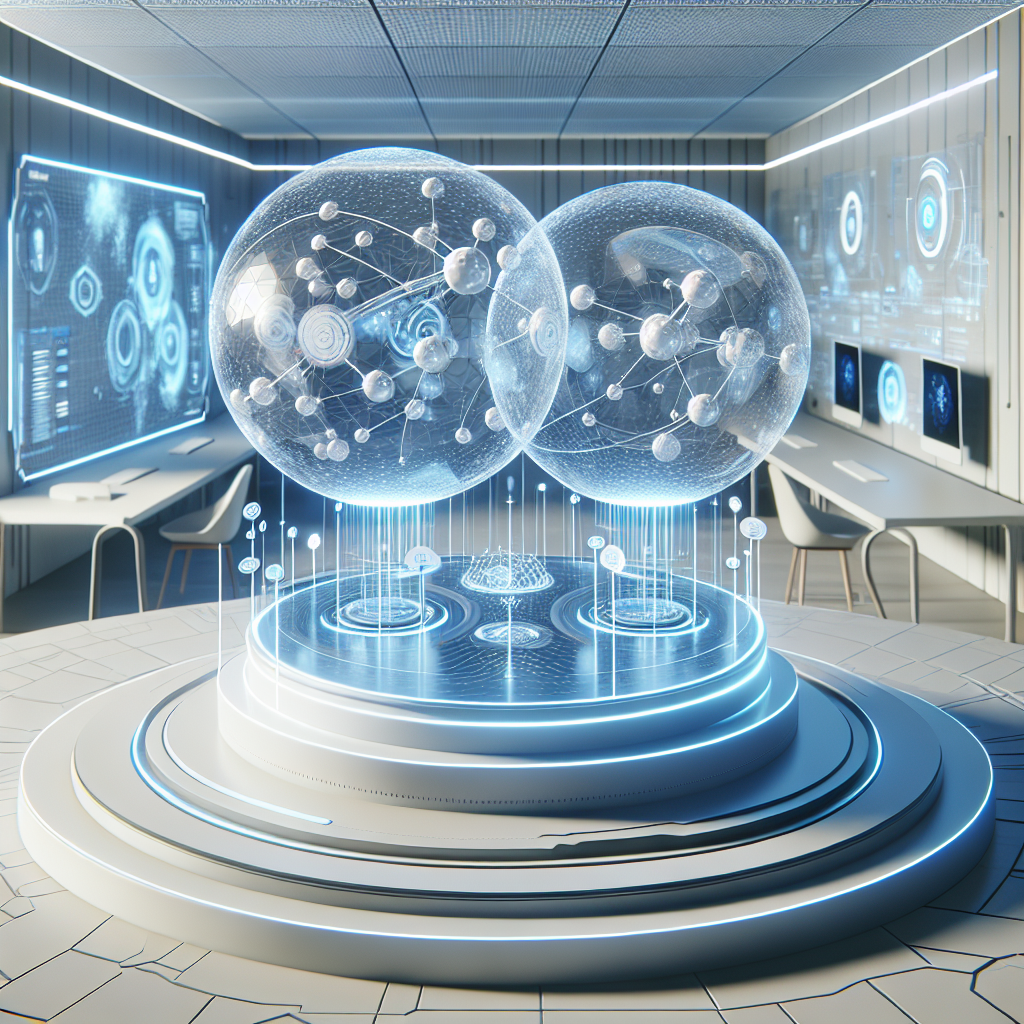Understanding Digital Twins in Tech
As technology continues to evolve at a rapid pace, one concept gaining considerable attention is digital twins in tech. A digital twin is a virtual model designed to accurately reflect a physical object. These digital replicas are used for simulation, analysis, and optimization, predominantly in industries like manufacturing, healthcare, and urban planning. The implementation of digital twins is revolutionizing how organizations operate, offering new insights into product performance and enhancing operational efficiency.
The Role of Digital Twins in Various Industries
In manufacturing, digital twins simulate production processes and predict the outcomes of manufacturing operations before they happen. This predictive capability allows for reducing downtime and improving production efficiency. For instance, Siemens uses digital twins to create precise simulations of their train systems, which helps in identifying potential issues before they occur, as detailed on their official website.
In the realm of healthcare, digital twins are used to model human organs or entire physiological systems for research and diagnostic purposes. This technological advancement enables medical professionals to predict how a patient might respond to a treatment without the need for invasive procedures or trial and error in medication.
Benefits and Challenges
One of the primary benefits of digital twins in tech is their ability to save time and resources in product development and troubleshooting. They allow companies to test scenarios digitally before executing them physically, which minimizes risk and increases innovation speed. However, the creation of digital twins requires substantial investment in data collection and storage technologies, as well as advanced analytics capabilities.
Despite these challenges, the adoption of digital twins is increasing. According to Gartner, by 2021, half of the large industrial companies will use digital twins, resulting in those organizations gaining a 10% improvement in effectiveness. The potential for digital twins in tech to streamline operations and increase productivity is immense, making them a critical investment for the future.
Looking Forward
The future of digital twins in tech looks promising, with advancements in IoT and machine learning further enhancing their capabilities. As industries continue to adopt this technology, we will likely see more innovative uses and improvements in systems and product lifecycle management. The integration of AI with digital twins could lead to even more autonomous and intelligent systems, potentially transforming entire industries.
As businesses and urban planners continue to explore the potential of digital twins, it’s clear that this technology is not just a fleeting trend but a cornerstone of modern technological advancement that could redefine how we understand and interact with the physical world.


